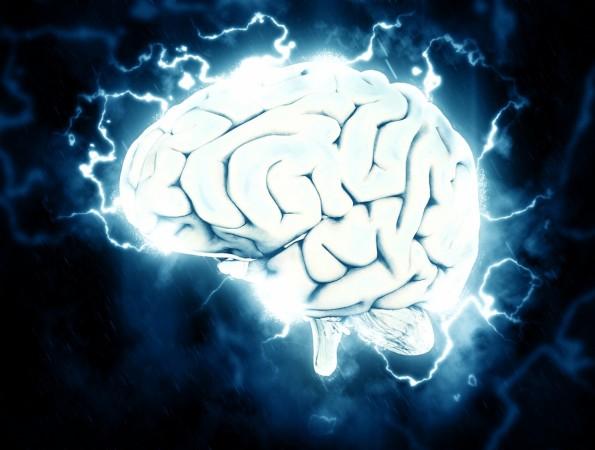
Technology companies continue to manufacture computer chips with overwhelming processing power, taking portable artificial intelligence devices to a higher level every time such new technology is developed or enhanced, but can it ever replace human brain?
Well, the human brain has billions of neurons and trillions of synapses (the spaces between neurons across which neurotransmitters are exchanged), enabling it to remember the fact, recognize patterns, transmit instructions to various parts of the human body and learn new things at an incredible speed. Its processing power may be unbeatable but researchers have attempted to design computer chips that work like the human brain, which will help in the manufacturing of small chips as powerful as supercomputers.
Also read: Illuminating plants may replace electricity soon as researchers transform trees into light source
A team of researchers led by Jeehwan Kim, a professor at Massachusetts Institute of Technology (MIT), has designed neuromorphic chips that work in an analog fashion like neurons in human brain. Unlike computations based on binary, it can "efficiently process millions of streams of parallel computations that are currently only possible with large banks of supercomputers," according to MIT site.

The researchers also designed an "artificial synapse that can precisely control the strength of an electric current flowing across it, similar to the way ions flow between neurons." However, it was difficult to control the flow of ions as switching mediums made of amorphous materials facilitates ions to travel in unlimited possible paths.
"Once you apply some voltage to represent some data with your artificial neuron, you have to erase and be able to write it again in the exact same way," said Kim. "But in an amorphous solid, when you write again, the ions go in different directions because there are lots of defects. This stream is changing, and it's hard to control. That's the biggest problem - nonuniformity of the artificial synapse."
To solve "flow of ions" issue, the term "fabricated a neuromorphic chip consisting of artificial synapses made from silicon germanium" and the result was encouraging as it gave a much more uniform performance than the synapses made from the amorphous material.
According to the report by MIT, the team of researchers found out while testing the performance of their neural network hardware that it "recognized handwritten samples 95 percent of the time, compared to the 97 percent accuracy of existing software algorithms." They believe the technology will eventually help in building portable powerful chips that can do tasks of large supercomputers.
"Ultimately we want a chip as big as a fingernail to replace one big supercomputer," said Kim. "This opens a stepping stone to produce real artificial hardware."













